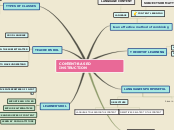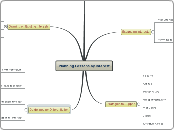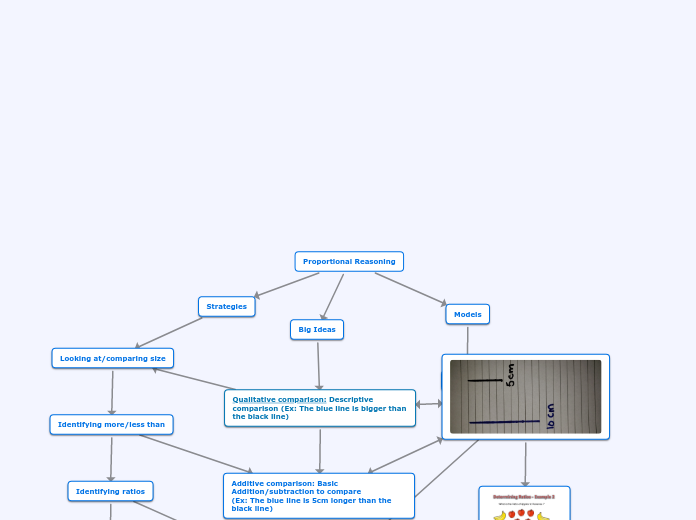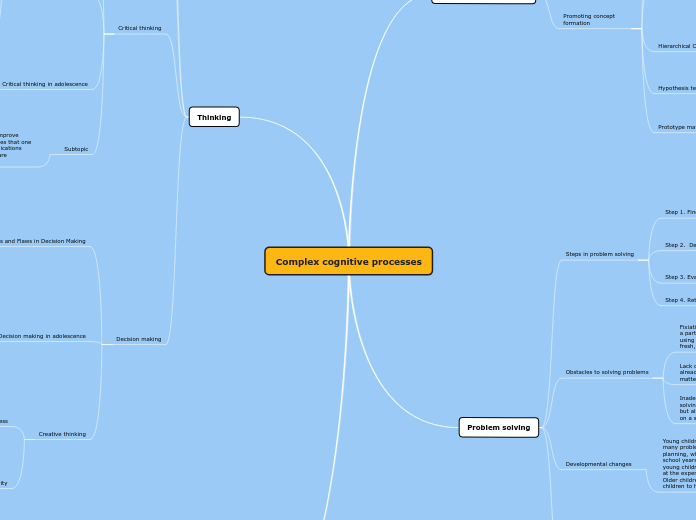Strategies
Setting players in their fielding position
In cricket it is up to each side how many bowlers and batsmen are in their team, but ideally there needs to be a good balance of both.
The captain – the most responsible position in the side. The captain usually has a say in the selection of the team. He or she is responsible for making the call (either to bat or bowl first) at the toss of the coin before the start of the match. The captain also sets out the tactics by telling his fielders where to position themselves.
The wicketkeeper – one of the biggest positions of responsibility. The wicketkeeper is responsible for retrieving the ball every time almost every time it is bowled, unless it has been hit to another part of the field by the batter. He or she must be on their toes to take every ball that comes their way.
Bowlers – are responsible for taking wickets by bowling the batter out. They must bowl consistently to prevent the batsmen scoring easy runs. A bowler usually bowls six balls before the next bowler on his side has his turn from the other end of the cricket ground.
Batsmen or batswomen – are responsible for scoring the runs when it is their turn to bat. They must seize upon the bad deliveries from bowlers and protect their stumps at all times.
There are a number of positions in which a player can field and often determined by a number of factors including their speed, catching ability, the tactics required at the time and sometimes even bravery or seniority!
Place Mats
A field
Green Tape
Minimum of 5 players
Spread out the place mats around the field. Label the mat with fielding positions. One player will call out the names of the positions and the rest of the players will stand in line ready to race to the mat. One the position is called out, the players will race to the mat according to the field. The first person to the mat gets 1 point. The first player to reach 10 points wins.
Anticipating the pitch
As a batter, you should be aware of what/how you should position yourself. In order to know how to position yourself you want to be aware of the pitching tactics, so you can understand the mind and plan of the pitcher in which you could use to your advantage.
Fastball - This is the basic, most important pitch in baseball. The first two fingers rest just on (or inside) the seams and the pitcher releases the pitch with the palm pretty much facing the batter, producing maximum velocity. How fast are we talking? Generally in the 90-95 mph range, though some pitchers have been known to hurl over 100 mph. Technically, a two-seam fastball produces a sidespin that causes the ball to cut in as it approaches the batter. There are other varieties, like the 4-seam fastball, which is thrown by holding the ball with the seams horizontal, rather than vertical. This produces backspin, which creates high pressure under the ball and low pressure on top resulting in the illusion of the ball rising (actually the ball isn't rising, just falling more slowly than it would normally). There's also a split-finger fastball where the first two fingers split, or straddle the seams, which causes the ball to drop a little as it approaches the plate. Despite the movement, the basic idea of a fastball is to overpower the batter, so he swings late and misses.
2. Sinker - If you've ever played wiffleball, you know the ball rises, falls, and curves in and away from a batter depending on where you position the air holes in the ball. Likewise, in baseball, a pitcher can create movement and variation in speed depending on how he releases the ball, or how he spins the ball. Off-speed pitches, like the sinker, are pitches that are released with the palm of the hand facing away from the pitcher. This causes the ball to sink as it approaches the batter. The idea here is to either get him to swing over the ball and miss, or, if he connects with the pitch, to produce a ground ball, rather than a line drive.
3. Changeup - A changeup is like a sinker, in that it's an off-speed pitch, only the palm is turned even further out. All off-speed pitches are similar in that they're thrown with less velocity than the fastball. But the batter doesn't know when one is coming because a good pitcher is able to use the same arm speed as he does for the fastball. So how does he throw it with less velocity? Simple: by pressing the baseball deep into his palm. Less finger contact means less torque and less velocity. So, if a batter is expecting a fastball, slowing down, or "changing up" the speed to, say, 87 mph can trip him up and he'll swing ahead of the ball. Great pitchers can build an entire career on the changeup because they're able to slow it down all the way to around 80 mph. If they can throw a fastball around 95 mph, that's a whopping 15 mph slower and really confuses the batter.
Anticipating the hit
We're heading into the final stages of the Ashes, and England are going for a historic 4-0 win over Australia. In high-pressure sports situations like this, we're often told to concentrate and "keep our eye on the ball". But while it sounds like great advice, research into eye movements might disagree. One of the fastest movements that the human body can make is with the eyes. When we move them to look at something that's grabbed our interest, that short, sharp, jerky movement is called a saccade, and on average we make about three of them every second. Eye movements are interesting, because they represent both the first and last steps in seeing. However, only keeping your eyes on the ball could sometimes fail you. You want to keep your eye on the ball but when anticipating the ball, you want to follow the trajectory with your head. Batters who are able to synchronise their head movements with the trajectory of the ball precisely are ones who anticipate where the hit is going to land. A research study once took three batters of differing skill levels and measured their eye movements while firing cricket balls at them from a bowling machine. What they found was that the batters would try to anticipate where the ball was going to be by making a saccade to the point of contact with the floor. In the case of the best batter, his eye movements were initiated a fifth of a second earlier than the worst batter's, meaning that he had more time to take in information about the ball's movement at the bounce point. All of these sorts of predictive movements provide the brain with more information about what's going on around you, which in turn gives you a little bit more time to prepare and adjust your own movements. In the case of expert cricketers, even having a few hundredths of a second to adjust the orientation of their wrists could mean the difference between a boundary and a catch.
At Home Challange
Two Partners
Sock Ball
Set your timer to two minutes. You and your partners will be standing at different distances. Both partners will have one sock ball in their hands. When the clock starts your partners will alternate throwing a ball in different directions. One catch will be 1 point. If you alternate your catches like high to low, vice versa. More points can be awarded. Within two minutes, you will count the amount of points you have and try to beat your partner's score. Have Fun!!
Using a variety of hits
In baseball, batting does not mean a batters bat makes contact with the baseball. In order to successfully get a hit, the baseball must land on fair territory and the batter runner must safely reach it. In order to successfully get the ball on fair territory they should use the number of hits available in the striking and fielding sports. For example, in baseball there is a baseball bunt. This is a type of hit where the batter holds the bat horizontally above home plate with the intent of redirecting the ball into the infield along the foul lines. Bunts are used in plays as a squeeze plays and sacrifice plays to bring the runner from scoring position home to score a run.
A clean hit is a baseball that lands in fair territory without having been touched by the fielder. It commonly refers to a baseball that travels through the infield without being touched by an infielder or a baseball that goes over an outfielder's head.
A line drive is a hard hit-baseball that travels fast through the air but relatively low/close to the ground without bouncing. Line drives can be hard to field unless hit in the fielders direction, and have a fairly high tendency to become successful hits.
Take some green tape and mark off different distances and a range far from one another. One of your partners will be throwing you (the batter) the ball, the other will stand on the different sections on the tape. Your partner will throw you the sock ball, in which you will attempt to hit. You will try to hit different hits in which you will be pointed for. A line drive is worth 4 points, a clean hit is worth 3 points, and a blunt hit is worth 5 points. You will try to record your points in a minute. Rotate and transition to different positions. The person with the most points at the end tells the other players some exercises to do.
Hitting to open space
In a striking and fielding game you want to focus on distracting your opposing team so that you can trick them and get the most amount of runs possible. In the beginning of the game you want to start off with hitting to the place with the least amount of players or if you are able to observe the weak players- hit there. The most amount of space in sports like cricket is in between the fine leg and the third man- the places which are outer towards the field. As you start to play the game, start to direct your hits to one place on the field. Preferably the long back or where the weak players are. The other team will adapt to the mindset and catch on to patterns that you are directing your hits near the weaker players. The players will gradually move to one side of the field and direct their focus on that area you were hitting. Usually it’s during the middle of the game when opposing players have caught onto this technique. Then start directing your focus towards the open space in which the team isn't guarding. For example, I was guarding left but then I see the batter going right. I shift and direct my focus to the right. The batter then starts to hit left because there is open space there.
At Home Challenge
Race to the Base
Equipment required:
Broomstick
Four Sock balls
four place mats
Five soup cans
A place mat will be set up in four spots around you at different distances. You will have four sock balls to hit. You will only be allowed one sweep per ball. A person will throw the ball in front of you. You will then have to sweep the ball as hard as you can to the different place mats. Within the place mats there will be soup cans to act as barriers. Try avoiding the soup cans- if your sock ball touches the can that is minus one point. Each place mat will be marked with a point. The further the distance, the higher the points. For example, distance one is closer than distance two. Distance one will be 2 points and distance 2 will be 4 points. The challenge is to see how many distances you can throw the sock ball without touching any barriers. I got 40 points in a minute, how many did you get?









